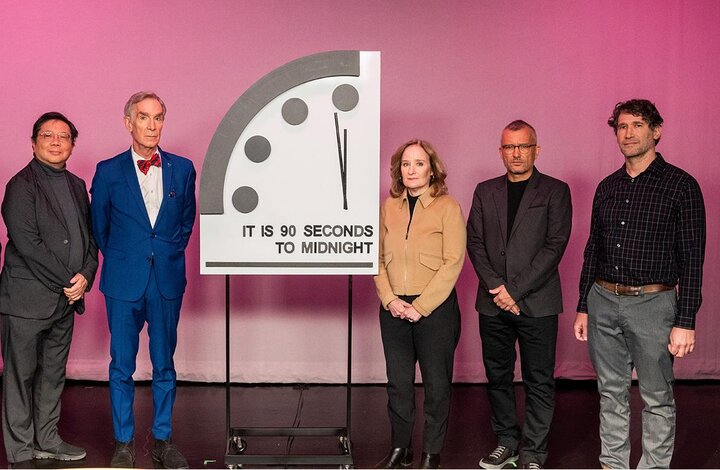89 Seconds to Disaster; The World on the Brink of Nuclear War and the “Doomsday Clock”
In a world where signs of crisis are emerging one after another, the whispers of a major catastrophe are once again becoming louder. Just yesterday, Russian Security Council Deputy Chairman Dmitry Medvedev gave an unprecedented description of the global situation, warning of the dangers of a nuclear confrontation and speaking of the accumulation of threats at a critical point. On the other hand, the sudden rise in tensions between the two nuclear powers, India and Pakistan, after the bloody attack in Kashmir, has opened a worrying prospect before the world; a prospect in which a small mistake can have catastrophic consequences.
In such circumstances, rereading the signs designed to measure the unstable state of the world takes on a new meaning. One of these signs is a symbolic clock that was created on the initiative of a group of scientists to reflect the degree to which humanity is approaching increasing dangers with each tick of its hands. Recent developments have once again drawn attention to this alarming measure, known as the “Doomsday Clock,” which serves to remind world leaders of their heavy responsibility for the common destiny of humanity.
What is the Doomsday Clock?
The Doomsday Clock began operating in 1947 as a warning to the world’s nuclear scientists about the dangers of nuclear weapons. In that year, the clock’s hands showed seven minutes to midnight, midnight meaning the end of the human race. But where did the idea for the Doomsday Clock come from, and what factors influence the clock’s hands?

